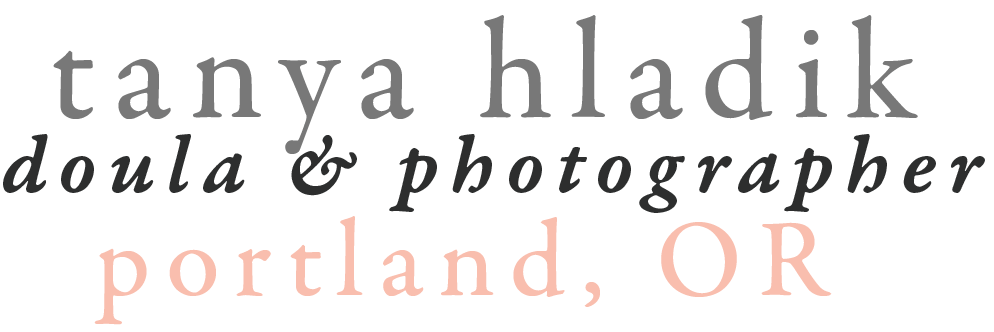Where to birth Part 1: Provider options
A good starting point into this inquiry of where to give birth is getting to know what the different provider types are, what they mean and what they do.
Midwives - There are three types of midwives:
Direct Entry Midwives - direct entry midwives have completed education and training that is specific to natural birth in the home or birth center setting. Midwives are the specialists of low-risk pregnancy and natural birth. Direct Entry Midwives are credentialed through North American Registry of Midwives (NARM) with the title of Certified Professional Midwife (CPM), which is accredited through the National Commission for Certifying Agencies (NCCA). CPMs in some areas also have state licensure, depending on local legislation. Direct Entry Midwives have skills to deliver babies and to navigate all the scenarios that can come up. They also have training on when to transfer a client when they are no longer the appropriate caregivers. Some work solo, some in pairs, and some in small practices, with more guarantee of which provider will be at your birth.
Nurse Midwives - nurse midwives train to be midwives through a nursing track. Some attend programs that offer a direct pathway to Nurse Midwifery (without prior nursing experience), while others start as registered nurses and then go on to complete higher education to become nurse midwives and often nurse practitioners. The credentials that indicate a provider is a nurse midwife are CNM (Certified Nurse Midwife). Nurse midwives can deliver in the hospital, home or birth center. Some nurse midwives choose one setting vs. the other, and some can have special privileges to deliver at the hospital, even though their focus is home or birth center. Nurse Midwives who work at the hospital are always overseen and supervised by an obstetrician. Like CPMs, in or out of the hospital they manage lower risk pregnancies and birth. Nurse Midwives who work in the hospital usually share labor and delivery rotation, meaning no guarantee of which provider you get. CNMs who practice in the home or birth center follow similar guidance as CPMs.
Traditional or Lay Midwives - terminology for midwives who are not licensed or credentialed, but have received training, often by apprenticing with other midwives.
Doctors
Naturopaths - some naturopathic doctors have completed additional training to become midwives. They usually deliver in the home and birth center setting. Their training is similar to Direct Entry Midwives
General Practitioners - Some family doctors have completed special training to deliver babies. They most often deliver babies in the hospitals, though occasionally may do homebirths. Some work in solo practice and some work with a team, with whom they share labor call rotation, meaning some uncertainty about who will be your labor and delivery provider when the day comes.
Obstetricians - obstetricians or oby/gyns are physicians who specialize in pregnancy, labor and delivery care. Some have training in high risk pregnancies and birth. They work in the hospital. Some ob/gyns are supportive of natural birth but some ob/gyns have little to no training in unmedicated and unmanaged birth. Most ob/gyns work in a practice of other ob/gyns and are on a call rotation for delivery, and therefore there is no guarantee of which provider you will work with on the day of your birth.

